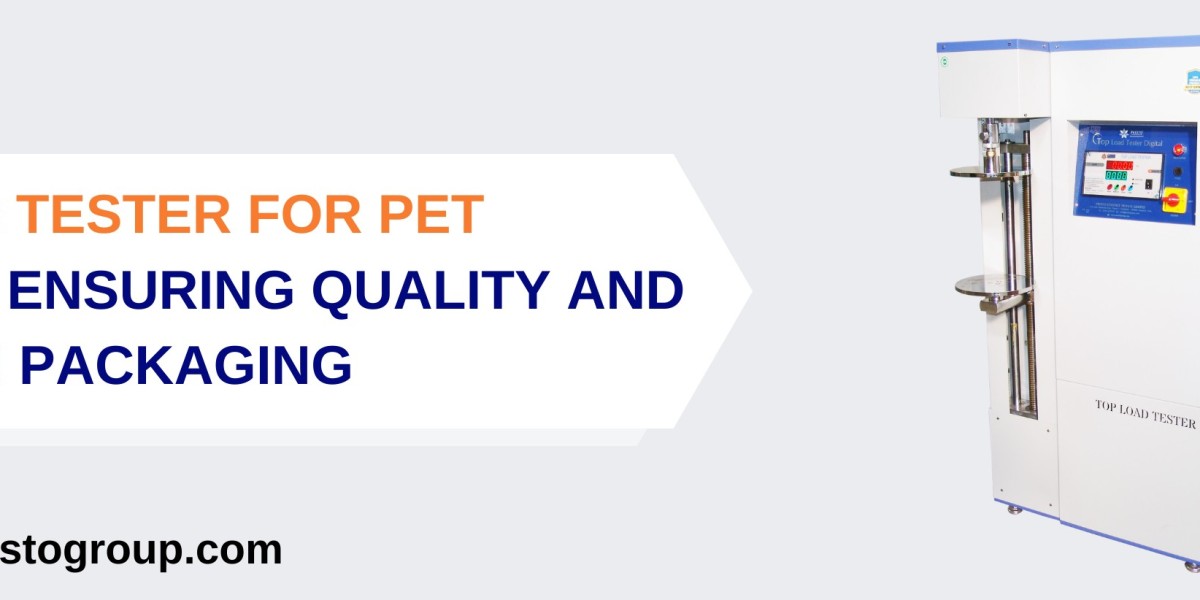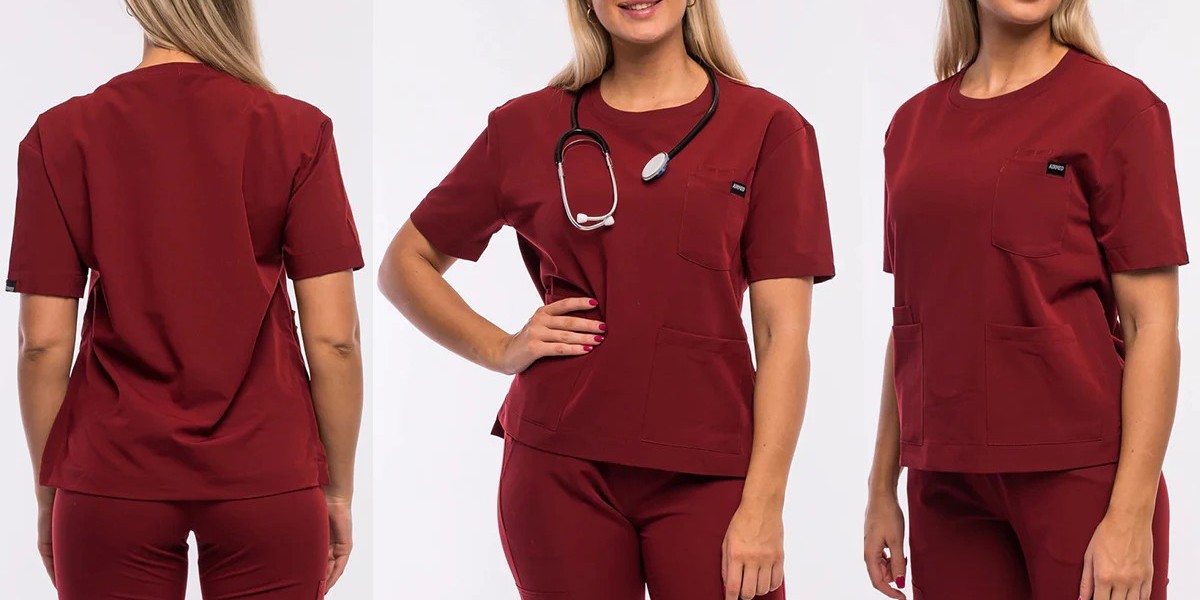Introduction Top Load Tester
The packaging industry plays a crucial role in protecting and preserving products while enhancing their market appeal. One of the most commonly used materials for packaging is polyethylene terephthalate (PET), a lightweight, transparent, and recyclable plastic. PET bottles are extensively used for packaging beverages, personal care products, pharmaceuticals, and more. To ensure the quality and safety of PET bottles, manufacturers rely on top load tester, sophisticated machines that test the bottles' strength and resistance to external forces. In this blog, we will explore the significance of top load tester for pet bottles and how they contribute to maintaining the integrity of packaging.
Understanding PET Bottles
Before diving into the significance of digital top load tester, it is essential to understand PET bottles' properties. PET is a thermoplastic polymer that exhibits excellent mechanical and barrier properties, making it an ideal material for packaging. These bottles are lightweight, shatter-resistant, and offer excellent clarity to showcase the product. However, despite these advantages, PET bottles must meet strict quality standards to ensure their performance during storage, transportation, and usage.
The Importance of Top Load Testing
Top load testing is a critical quality control measure employed by PET bottle manufacturers. The process involves applying a compressive load on the bottle's top portion to evaluate its strength, rigidity, and resistance to deformation. The test mimics real-world scenarios such as stacking during transportation or storage, ensuring that the bottles can withstand external pressures without compromising their integrity.
Preventing Top Load Failures
Top load failures in PET bottles can lead to various issues, including leakage, product contamination, and even potential hazards to consumers. Some common causes of top load failures include improper material distribution, insufficient wall thickness, and inadequate design. Conducting top load test at various stages of the manufacturing process helps identify and rectify such issues, ensuring the production of high-quality bottles.
How Top Load Testers Work
Top load testers are sophisticated lab equipment that utilize advanced technology to assess the strength of PET bottles. The testing process typically involves the following steps:
Sample Preparation: Random samples are selected from the production batch, representing the bottles' entire range.
Fixture Setup: The samples are placed in the fixture of the top load tester. The fixture is designed to hold the bottles securely during the testing process.
Application of Load: The machine applies a compressive load on the top portion of the bottles using a plunger or a plate. The load is gradually increased until the bottle collapses or reaches the desired load limit.
Data Collection: During the test, the top load tester collects data on the force applied and the corresponding deformation. This data helps in analyzing the bottle's behavior under stress.
Pass/Fail Criteria: The bottles are evaluated based on predetermined pass/fail criteria. Bottles that meet or exceed the specified load capacity are deemed acceptable, while those that fail to meet the standards are rejected.
Benefits of Top Load Testing
Top load testing offers numerous benefits to PET bottle manufacturers, distributors, and end consumers:
Ensuring Safety: By identifying weak bottles and potential failures, top load testing ensures that PET bottles are safe to use, preventing accidents and product recalls.
Maintaining Quality: Consistently conducting top load tests helps maintain the quality of PET bottles, ensuring customer satisfaction and brand reputation.
Regulatory Compliance: Top load testing is often a mandatory requirement in industry regulations and standards, and compliance with these standards is essential for market acceptance.
Cost Savings: Early detection of defects and weaknesses in PET bottles reduces production waste, saving costs for manufacturers.
Research and Development: Top load testing data aids in the research and development of improved bottle designs and materials.
Factors to Consider in Top Load Testing
To achieve accurate and reliable results, several factors should be considered during top load testing:
Test Speed: The speed at which the load is applied can influence the test results. Standard test speeds are used to maintain consistency and comparability.
Ambient Conditions: Ambient temperature and humidity can affect the behavior of PET bottles, so it's crucial to perform tests under controlled conditions.
Sample Size: An adequate number of samples should be tested to ensure statistical significance.
Calibration: Regular calibration of the top load tester is necessary to maintain accuracy in testing.
Emerging Technologies in Top Load Testing
As technology advances, top load testing machines are becoming more sophisticated and efficient laboratory testing instruments. Advanced sensors and data analysis techniques provide real-time insights into the bottles' performance, allowing manufacturers to optimize their production processes further. Additionally, automation and integration with manufacturing systems streamline testing procedures, reducing human error and enhancing overall efficiency. Presto stantest is the best Provide asian test equipments worldwide.
Conclusion
Top load testing is an indispensable quality control measure for PET bottle manufacturers. By subjecting the bottles to simulated real-world conditions, top load testers testing equipment ensure that the packaging can withstand external pressures, maintaining product integrity and consumer safety. As technology evolves, these testing machines continue to play a vital role in enhancing the quality and safety of PET bottles, benefiting both manufacturers and consumers alike.
 " class="wow_main_float_head_img">
" class="wow_main_float_head_img">





